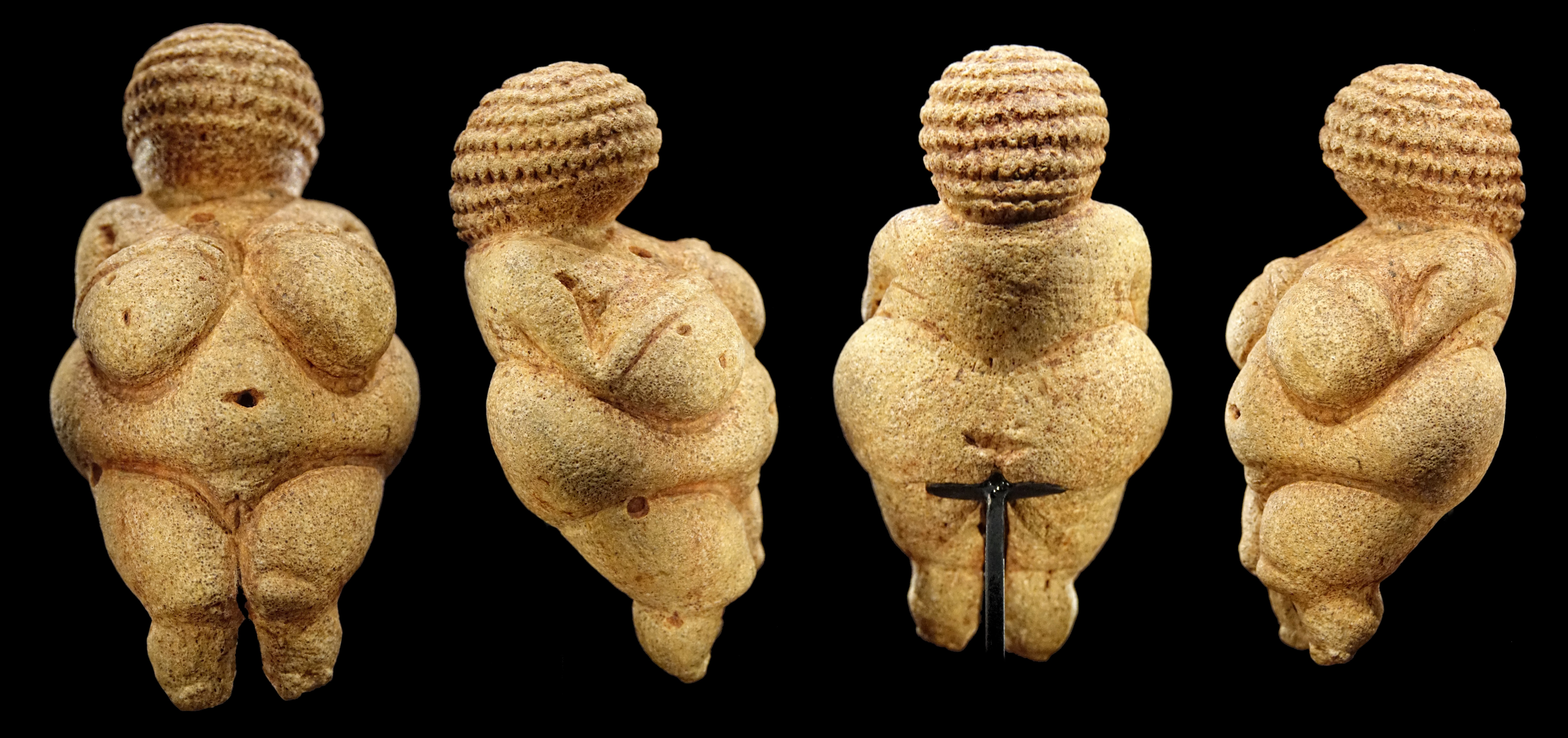|
Anglo-Japanese
The Anglo-Japanese style developed in the United Kingdom through the Victorian period and early Edwardian period from approximately 1851 to the 1910s, when a new appreciation for Japanese design and culture influenced how designers and craftspeople made British art, especially the decorative arts and architecture of England, covering a vast array of art objects including ceramics, furniture and interior design. Important centres for design included London and Glasgow. The first use of the term "Anglo-Japanese" occurs in 1851, and developed due to the keen interest in Japan, which due to Japanese state policy until the 1860s, had been closed to the Western markets. The style was popularised by Edward William Godwin in the 1870s in England, with many artisans working in the style drawing upon Japan as a source of inspiration and designed pieces based on Japanese Art, whilst some favoured Japan simply for its commercial viability, particularly true after the 1880s when the British ... [...More Info...] [...Related Items...] OR: [Wikipedia] [Google] [Baidu] |
Christopher Dresser
Christopher Dresser (4 July 1834 – 24 November 1904) was a British designer and design theorist, now widely known as one of the first and most important, independent designers. He was a pivotal figure in the Aesthetic Movement and a major contributor to the allied Anglo-Japanese or Modern Style (British Art Nouveau style), both of which originated in England and had long-lasting international influence. Biography Dresser was born in Glasgow, Scotland, of a Yorkshire family. At age 13, he began attending the Government School of Design, Somerset House, London. From this early date his design work widened to include carpets, ceramics, furniture, glass, graphics, metalwork, including silver and electroplate, and textiles printed and woven. He claimed to have designed "as much as any man" at the International Exhibition London 1862. As early as 1865 the ''Building News'' reported that in the early part of his career he had been active as a designer of wallpapers, textiles and ... [...More Info...] [...Related Items...] OR: [Wikipedia] [Google] [Baidu] |
Edward William Godwin
Edward William Godwin (26 May 1833, Bristol – 6 October 1886, London) was a progressive English architect-designer, who began his career working in the strongly polychromatic "Ruskinian Gothic" style of mid-Victorian Britain, inspired by '' The Stones of Venice'', then moved on to provide designs in the "Anglo-Japanese taste" of the Aesthetic movement and Whistler's circle in the 1870s. Godwin's influence can be detected in the later Arts and Crafts movement. His best known early works include The Guild Hall, Northampton, which was his first notable public commission, and Congleton Town Hall, as well as restorations and neo-Gothic additions to Dromore Castle, Limerick and Castle Ashby. Biography Apprenticed to an engineer in Bristol, where his architectural training was largely self-taught, Godwin moved to London about 1862, and made the acquaintance of the reform Gothic designer William Burges. As an antiquary, he had a particular interest in medieval costume, furni ... [...More Info...] [...Related Items...] OR: [Wikipedia] [Google] [Baidu] |
Thomas Jeckyll
Thomas Jeckyll (1827 Wymondham, Norfolk – 1881 Norwich) (baptised on 20 June 1827) was an English architect who excelled in the creation of metalwork and furniture strongly influenced by Japanese design, and is best known for his planning in 1876 of the ‘ Peacock Room’ at 49 Princes Gate, London. Biography Thomas Jeckyll was a son of George Jeckell, a Nonconformist clerk who had taken holy orders, was curate of the Abbey Church in Wymondham and was married to Maria Ann Balduck. Thomas later changed his surname to 'Jeckyll.' His brother Henry was a brass founder in Dudley. He became ill in 1877 and later died at St Andrew's Hospital, Norwich. Career He is regarded as an important figure in the Aesthetic Movement. The Tate states "the Arts and Crafts movement ... was a key direct influence on the Aesthetic Movement and Art Nouveau", the V&A sees the Aesthetic Movement as having "sparked a revolution in the architecture and interior decoration of houses that led to a w ... [...More Info...] [...Related Items...] OR: [Wikipedia] [Google] [Baidu] |
Photography In Japan
The history of photography in Japan begins in the 19th century and has continued to be a prominent art form into the present era. 19th-century Importation of photography In 1848 (Edo era), a camera for daguerréotype was imported by a Dutch ship to Japan (Nagasaki, 長崎). It is said that this was the first camera in Japan. During Edo era, the import and the export had been prohibited (''sakoku'', 鎖国) by the Edo Government (''Edobakufu'', 江戸幕府), except that only Dutch ships had been permitted to export and import various goods at Nagasaki Port. Therefore, the first camera was introduced at Nagasaki. This camera was imported by Ueno Toshinojō (1790–1851, 上野俊之丞) and in 1849 passed to Shimazu Nariakira (1809–1858, 島津斉彬), who later would become a feudal lord (''daimyō,'' 大名) of Satsuma Domain (薩摩藩, now ''Kagoshima-ken''). In Satsuma Domain, detailed study with respect to photography had been done, but it took almost ten years from ... [...More Info...] [...Related Items...] OR: [Wikipedia] [Google] [Baidu] |
Aestheticism
Aestheticism (also the Aesthetic movement) was an art movement in the late 19th century which privileged the aesthetic value of literature, music and the arts over their socio-political functions. According to Aestheticism, art should be produced to be beautiful, rather than to serve a moral, allegorical, or other didactic purpose, a sentiment exemplified by the slogan "art for art's sake." Aestheticism originated in 1860s England with a radical group of artists and designers, including William Morris and Dante Gabriel Rossetti. It flourished in the 1870s and 1880s, gaining prominence and the support of notable writers such as Walter Pater and Oscar Wilde. Aestheticism challenged the values of mainstream Victorian culture, as many Victorians believed that literature and art fulfilled important ethical roles. Writing in ''The Guardian'', Fiona McCarthy states that "the aesthetic movement stood in stark and sometimes shocking contrast to the crass materialism of Brit ... [...More Info...] [...Related Items...] OR: [Wikipedia] [Google] [Baidu] |
Interior Design
Interior design is the art and science of enhancing the interior of a building to achieve a healthier and more aesthetically pleasing environment for the people using the space. An interior designer is someone who plans, researches, coordinates, and manages such enhancement projects. Interior design is a multifaceted profession that includes conceptual development, space planning, site inspections, programming, research, communicating with the stakeholders of a project, construction management, and execution of the design. History and current terms In the past, interiors were put together instinctively as a part of the process of building.Pile, J., 2003, Interior Design, 3rd edn, Pearson, New Jersey, USA The profession of interior design has been a consequence of the development of society and the complex architecture that has resulted from the development of industrial processes. The pursuit of effective use of space, user well-being and functional design has contributed ... [...More Info...] [...Related Items...] OR: [Wikipedia] [Google] [Baidu] |
Furniture
Furniture refers to movable objects intended to support various human activities such as seating (e.g., stools, chairs, and sofas), eating ( tables), storing items, eating and/or working with an item, and sleeping (e.g., beds and hammocks). Furniture is also used to hold objects at a convenient height for work (as horizontal surfaces above the ground, such as tables and desks), or to store things (e.g., cupboards, shelves, and drawers). Furniture can be a product of design and can be considered a form of decorative art. In addition to furniture's functional role, it can serve a symbolic or religious purpose. It can be made from a vast multitude of materials, including metal, plastic, and wood. Furniture can be made using a variety of woodworking joints which often reflects the local culture. People have been using natural objects, such as tree stumps, rocks and moss, as furniture since the beginning of human civilization and continues today in some households/campsite ... [...More Info...] [...Related Items...] OR: [Wikipedia] [Google] [Baidu] |
Ceramics
A ceramic is any of the various hard, brittle, heat-resistant and corrosion-resistant materials made by shaping and then firing an inorganic, nonmetallic material, such as clay, at a high temperature. Common examples are earthenware, porcelain, and brick. The earliest ceramics made by humans were pottery objects (''pots,'' ''vessels or vases'') or figurines made from clay, either by itself or mixed with other materials like silicon dioxide, silica, hardened and sintering, sintered in fire. Later, ceramics were Glazing (ceramics), glazed and fired to create smooth, colored surfaces, decreasing porosity through the use of glassy, amorphous ceramic coatings on top of the crystalline ceramic substrates. Ceramics now include domestic, industrial and building products, as well as a wide range of materials developed for use in advanced ceramic engineering, such as in semiconductors. The word "''wikt:ceramic, ceramic''" comes from the Greek language, Greek word (), "of pottery" or "fo ... [...More Info...] [...Related Items...] OR: [Wikipedia] [Google] [Baidu] |
Art Objects
A work of art, artwork, art piece, piece of art or art object is an artistic creation of aesthetic value. Except for "work of art", which may be used of any work regarded as art in its widest sense, including works from literature and music, these terms apply principally to tangible, physical forms of visual art: *An example of fine art, such as a painting or sculpture. *Objects in the decorative arts or applied arts that have been designed for aesthetic appeal, as well as any functional purpose, such as a piece of jewellery, many ceramics and much folk art. *An object created for principally or entirely functional, religious or other non-aesthetic reasons which has come to be appreciated as art (often later, or by cultural outsiders). *A non-ephemeral photograph or film. *A work of installation art or conceptual art. Used more broadly, the term is less commonly applied to: *A fine work of architecture or landscape design *A production of live performance, such as ... [...More Info...] [...Related Items...] OR: [Wikipedia] [Google] [Baidu] |
United Kingdom
The United Kingdom of Great Britain and Northern Ireland, commonly known as the United Kingdom (UK) or Britain, is a country in Europe, off the north-western coast of the European mainland, continental mainland. It comprises England, Scotland, Wales and Northern Ireland. The United Kingdom includes the island of Great Britain, the north-eastern part of the island of Ireland, and many List of islands of the United Kingdom, smaller islands within the British Isles. Northern Ireland shares Republic of Ireland–United Kingdom border, a land border with the Republic of Ireland; otherwise, the United Kingdom is surrounded by the Atlantic Ocean, the North Sea, the English Channel, the Celtic Sea and the Irish Sea. The total area of the United Kingdom is , with an estimated 2020 population of more than 67 million people. The United Kingdom has evolved from a series of annexations, unions and separations of constituent countries over several hundred years. The Treaty of Union between ... [...More Info...] [...Related Items...] OR: [Wikipedia] [Google] [Baidu] |
Decorative Arts
] The decorative arts are arts or crafts whose object is the design and manufacture of objects that are both beautiful and functional. It includes most of the arts making objects for the interiors of buildings, and interior design, but not usually architecture. Ceramic art, metalwork, furniture, jewellery, fashion, various forms of the textile arts and glassware are major groupings. Applied arts largely overlaps with decorative arts, and the modern making of applied art is usually called design. The decorative arts are often categorized in distinction to the "fine arts", namely painting, drawing, photography, and large-scale sculpture, which generally produce objects solely for their aesthetic quality and capacity to stimulate the intellect. Distinction from the fine arts The distinction between the decorative and fine arts essentially arose from the post-Renaissance art of the West, where the distinction is for the most part meaningful. This distinction is much less me ... [...More Info...] [...Related Items...] OR: [Wikipedia] [Google] [Baidu] |
British Art
The Art of the United Kingdom refers to all forms of visual art in or associated with the United Kingdom since the formation of the Kingdom of Great Britain in 1707 and encompasses English art, Scottish art, Welsh art and Irish art, and forms part of Western art history. During the 18th century, Britain began to reclaim the leading place England had previously played in European art during the Middle Ages, being especially strong in portraiture and landscape art. Increased British prosperity at the time led to a greatly increased production of both fine art and the decorative arts, the latter often being exported. The Romanticism, Romantic period resulted from very diverse talents, including the painters William Blake, J. M. W. Turner, John Constable and Samuel Palmer. The Victorian period saw a great diversity of art, and a far bigger quantity created than before. Much Victorian art is now out of critical favour, with interest concentrated on the Pre-Raphaelites and the i ... [...More Info...] [...Related Items...] OR: [Wikipedia] [Google] [Baidu] |









.jpg)
